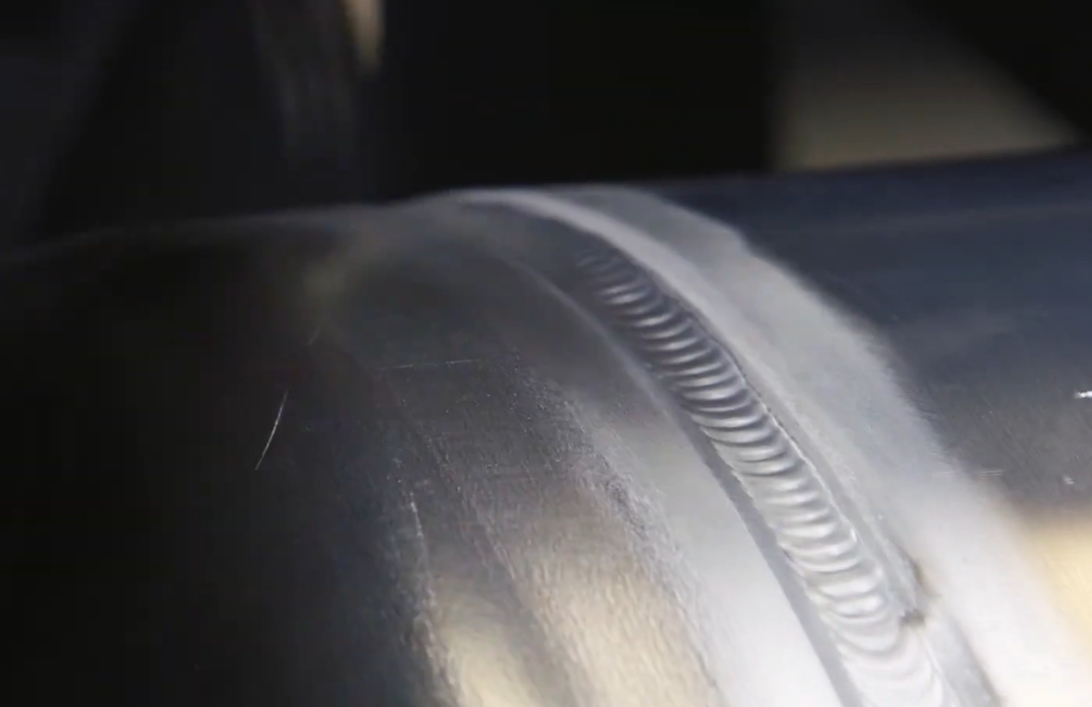Fort Defiance Relies on Hobart Filler Metals
How do you ensure your weld strength meets U.S. Department of Defense standards? For Fort Defiance Industries (FDI), Hobart 4943 filler metal is key. Based in Loudon, Tennessee, Fort Defiance Industries manufactures a variety of products, including an automated field steam autoclave produced for the Department of Defense. For this application, FDI needed a filler metal that would provide consistent weldability, good aesthetics and the strongest weld possible. Choosing Hobart MaxalTig® 4943 aluminum filler metal to manufacture the sterilizers resulted in significantly better weld strength compared to 4043 products. To ensure FDI obtained the best performance possible, a Hobart representative helped FDI adjust welding parameters and provided recommendations for preventing porosity. The result is a durable sterilizer built to withstand the most austere and rugged environments in the world.
Video Transcript
Fort Defiance Industries has been in business for about 12 years. We make medical devices, and our primary product is a steam sterilizer, an autoclave. We designed this mainly for the U.S. Department of Defense. It’s specifically used to be transported, so it’s used in very harsh, austere environments, and that’s why the entire sterilizer is made of aluminum. We weld to ASME code. We have everything from full penetration V-grooves to fillet welds, so we’re under some very, very strict standards. We have got to stay focused on the quality of our welds.
Porosity is one of our biggest issues. If we don’t do this well, we have something that could rupture and potentially cause harm to someone. So we needed something that was going to work in all those different applications. We got some of the 4943 and we welded with it. We did our own in-house tensile tests, and it was clear that the Hobart 4943 would give us increased strength. We saw about a 2,000 psi bump in our tensile strength over the 4043 that we had previously chosen. It produces leak-tight welds. I like the way it welds. You get a good puddle. I like it because of the flow. It flows good. We have the strength out of it, and it’s just an all-around good rod—nice and shiny, a good-quality weld.
We don’t have to go back and do a lot of fixing because it’s right the first time. Whenever you’re doing something for people that are out protecting us, like the military, you want to make sure that whenever they need it, it’s there and it’s going to work.




